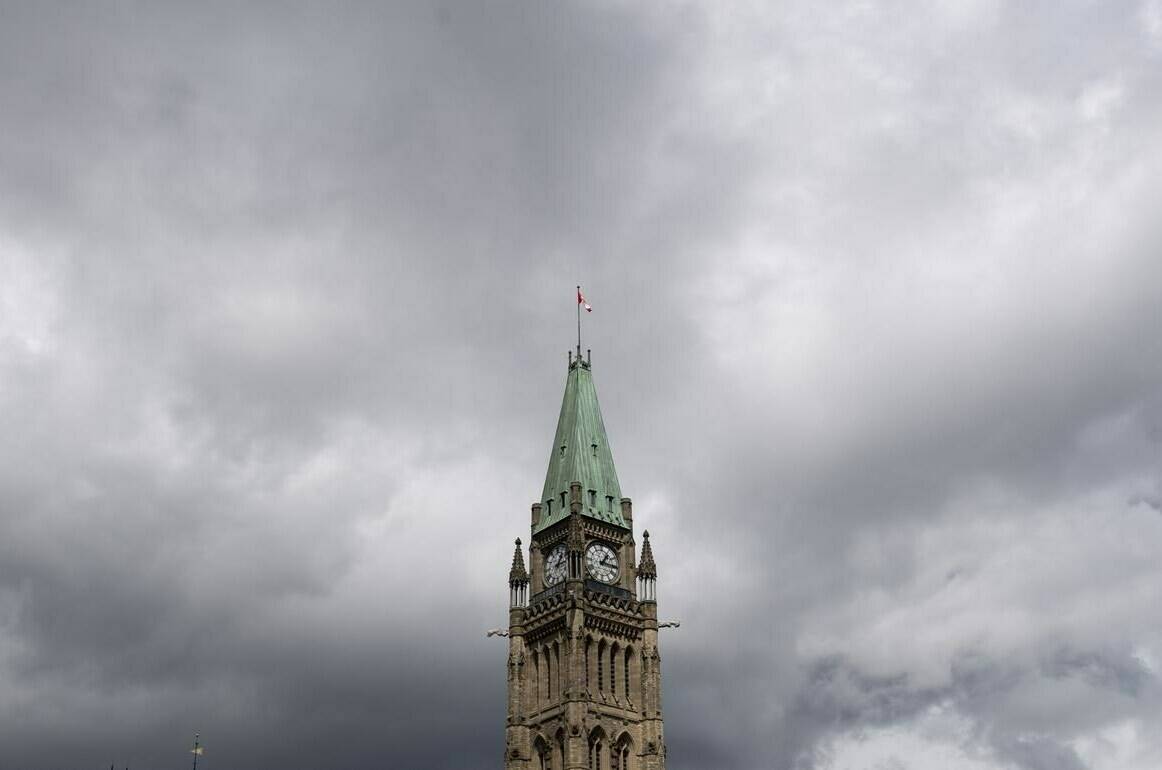Environment Canada says a tornado touched down in the Ottawa area Thursday evening during a severe thunderstorm.
It was confirmed near Metcalfe, Ont., a rural community about 30 kilometres southeast of Ottawa, just before 7 p.m. eastern time.
There were also a number of reports of hail throughout the national capital, along with strong winds and rain.
Ottawa Fire Services says part of a roof was ripped off a home in Riverside South, a community south of Nepean.
The fire service says everyone got out of the home safely and the home’s structural integrity was not damaged, but it’s not clear whether the damage was caused by a tornado.
As severe weather events such as tornadoes and derechos occur more often, researchers are calling for new provincial building code measures to better protect homes.
Researchers with Western University’s Northern Tornadoes Project say hurricane ties cost around $200 to install per household and should be mandatory in provincial building codes across the country.
Currently, no provinces or territories require hurricane ties — metal fasteners used in construction to help secure roofs— or similar hardware in building regulations.
Connell Miller, a wind impact researcher with the project, says including hurricane ties in provincial building codes would prevent homes from losing their roofs in 95 to 99 per cent of Canadian tornadoes.
Severe storms in mid-July brought tornados to Barrhaven, which is another south Ottawa neighbourhood, and to Mirabel, Que. Barrhaven is only about 30 kilometres west of Metcalfe, where Thursday’s tornado was spotted.
About 125 homes were damaged in Barrhaven during the July 13 storm, said Kim Ayotte, the general manager of emergency and protective services for the City of Ottawa.
Most of the damage involved roofs being ripped off homes, broken windows and damage from falling trees. There were no serious injuries.
Aaron Jaffe, an engineering researcher at the Northern Tornado Project, told The Canadian Press in July that the tornado appeared to have had a path more than 100 metres wide and several kilometres long.
READ ALSO: University ‘Tornado detectives’ work to demystify Canada’s twister history

